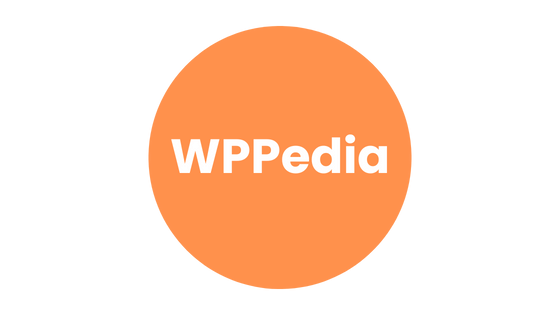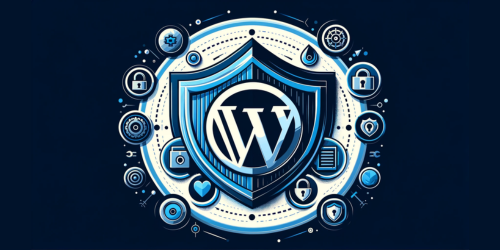Have you ever wondered what truly powers the versatility of a WordPress website? The answer lies hidden in plain sight, in the wp-content/plugins directory. This directory is not just a folder; it’s the heart of customizing WordPress sites, housing the crucial plugins that extend functionality beyond the core installation.
The wp-content/plugins directory is a treasure trove for website owners, developers, and administrators. Each plugin you install breathes new life into your website, whether it’s for SEO optimization, security enhancement, or adding a visually stunning gallery. This directory is where all these powerful tools reside, making it a pivotal component of any WordPress installation.
In this article, we’ll unveil the layers of this critical directory. You’ll learn about its structure, its pivotal role in site management, and the best practices for keeping your plugins organized and up-to-date. Prepare to gain insights that will transform the way you view and handle your WordPress website’s plugins.
Key Take-Aways:
- Understanding the structure and function of the wp-content/plugins directory.
- Identifying user intent and best practices for organizing and managing plugins.
- Recognizing the significance of the wp-content directory in a WordPress installation.
1. Understanding the WP-Content Directory
The wp-content directory in WordPress is more than a mere folder; it’s the nucleus of your website’s customization and content. It holds everything from themes and plugins to uploaded media, making it an essential part of your WordPress site.
Key Components of WP-Content Directory:
- Themes: The ‘themes’ subfolder is where all your WordPress themes are stored. Each theme has its own directory within this subfolder.
- Plugins: The ‘plugins’ subfolder, as the name suggests, contains all the plugins you have installed on your WordPress site.
- Uploads: All media files you upload to your WordPress site are stored in the ‘uploads’ subfolder.
Flexibility of WP-Content Directory:
- Relocation and Renaming: WordPress allows the wp-content directory to be renamed and relocated for security or organizational purposes. This flexibility can enhance security by obscuring the location of your themes and plugins from potential attackers.
For more details on wp-plugin directory and its customization, visit the WPPedia’s article .
2. Deep Dive into the Plugins Directory
The /wp-content/plugins/ directory is where the real magic of WordPress happens. Here’s a closer look:
Structure and Purpose:
- Each plugin you install on your WordPress site gets its own folder in this directory.
- The directory structure is straightforward – each plugin’s folder contains all the necessary files for that plugin to function.
For more insights onto the Anatomy of WordPress Plugin Directory Structure Dive in this.
Storage and Management:
- When a plugin is installed, its files, including PHP scripts, assets, and other components, are stored in its respective folder.
- WordPress accesses these files to integrate the plugin’s functionality into your site.
For an in-depth understanding of how plugins work in WordPress, refer to the Plugin Handbook on the WordPress Developer Resources.
3. The Role of Plugins in WordPress
Plugins are to WordPress what apps are to a smartphone. They extend the core functionality of your site, allowing you to add new features and customize your site to your needs.
Functionality and Significance:
- Plugins can range from simple interface tweaks to complex e-commerce systems.
- They play a critical role in optimizing your site for search engines, enhancing security, and improving user experience.
WordPress Plugin Directory:
- The official WordPress Plugin Directory is a goldmine of free plugins, offering a wide range of functionalities.
4. Best Practices for Plugin Management
Effectively managing your plugins is crucial for the security and performance of your WordPress site.
Organizing and Updating Plugins:
- Regularly update your plugins to their latest versions to ensure security and functionality.
- Deactivate and delete plugins that are no longer in use to reduce security vulnerabilities and improve site performance.
Security Considerations:
- Only download plugins from reputable sources like the WordPress Plugin Directory.
- Consider using security plugins to monitor and protect your WordPress site.
For more tips on plugin management, check out this comprehensive guide at WPPedia.
5. Common Issues and Troubleshooting
Even with the best practices in place, you might encounter issues with the plugins directory. Here’s how to address them:
Typical Problems:
- Plugin conflicts resulting in site crashes or malfunctions.
- Update failures leading to partially updated or malfunctioning plugins.
Troubleshooting Guide:
- Deactivate all plugins and reactivate them one by one to identify the source of the conflict.
- Manually update plugins via FTP if automatic updates fail.
6. Customizing the WP-Content/Plugins Directory
For advanced WordPress users, customizing the wp-content/plugins directory can enhance site performance and security.
Tips for Customization:
- Rename the plugins directory to something unique to obscure it from potential attackers.
- Organize plugins into subdirectories for better management and efficiency.
Remember, these customizations are for advanced users and should be done with caution. For more on this, explore the advanced guide at How to Get Plugin Name in WordPress?.
7. Conclusion: Maximizing Efficiency with WP-Content/Plugins
In conclusion, the wp-content/plugins directory is a cornerstone of your WordPress site’s functionality and customization. Proper management and understanding of this directory can vastly improve your site’s performance, security, and overall user experience. Remember, regular updates, vigilant security practices, and effective organization are key to maximizing the efficiency of your plugins.
Embrace the power of this directory to unlock the full potential of your WordPress website, ensuring it remains a robust, dynamic, and secure platform for all your online endeavors.
8. FAQ Section
Q: Where is the WP-Content plugins directory?
The WP-Content plugins directory is located within your WordPress installation directory, specifically at wp-content/plugins. For more insights dive into WPPedia’s article on searching WordPress Plugin Directory.
Q: How do I find the directory path of a plugin in WordPress?
To find a plugin’s directory path in WordPress, use the plugin_dir_path() function in your plugin’s PHP code. For more insights check WPPedia’s article on Where Is the WordPress Plugin Directory?
Q: What is WP-Content Mu-plugins directory for?
The wp-content/mu-plugins directory in WordPress is for “must-use” plugins that are automatically loaded on every site in a WordPress network.
Q: What is the directory of plugins?
The directory of plugins in a standard WordPress installation is located at wp-content/plugins.



